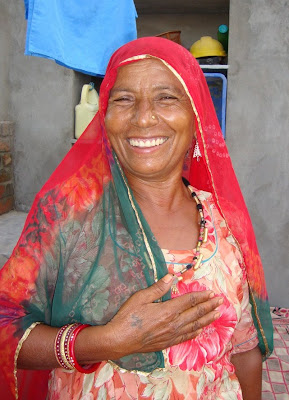The first thing that impressed me most about this trip was the lush greenery throughout the regions I travelled. Of course, abundant rains this year is the main reason for it. After all, Rajasthan is not just about being a Registhan (desert)! Gazing at the lush Aravalli mountains range, especially on misty mornings, was delightful.
My tour included travelling mainly around Jaipur and Ajmer divisions of the State. My second visit to the capital Jaipur, exploring areas in and around Ajmer, spending an evening in Pushkar, a visit to the historical town of Neemrana in the Alwar District, and a day’s excursions to Nathdwara in the Rajsamand district sums it up.
The highlights of my trip are:-
1. A visit to Amer (Amber) Fort that I had missed for want of time during my last trip to Jaipur in 2007. I also got an opportunity to visit the Jaigarh and Nahargarh forts again. Forts do not fail to fascinate me, and Amber Fort is particularly impressive.

2. Staying with, and consequently getting an opportunity for close interaction with, a wonderful Rajput family for quite a few days. Together with some of their family members, I visited 3 different villages in and around Beawar in the Ajmer District: Borwa, Masud and Gudi. Gracious hosts, I could learn more on the true meaning of hospitality from them.

3. Zipping (Zip-lining) with the FlyingFox in Neemrana at its Palace-Fort. That was fun!
Here are a few more of the many photographs of my travels:-
Chaos on a street in Jaipur with protesters intensifying their agitation (photograph shot from a moving vehicle on 14 September 2010)...

Lit up Hawa Mahal or the Palace of Winds and its so-called 953 jharokhas (small windows)...

The magic of lush green hills and still waters of the Maota Lake...

Passing through a village one late evening in Pushkar...

From posh city homes...

To humble village dwellings....

A view of Neemrana town from the Palace-Fort...

Of course, travels include other interesting activities like a taste of local cuisine and culture, arts and crafts, songs and dances, the Kesariya baalam and sarangi, the "special" badam milk and laughter to follow, and other obvious delights...

The next time I go to Rajasthan, I wish to have a pure Registhan experience.

The next time I go to Rajasthan, I wish to have a pure Registhan experience.









